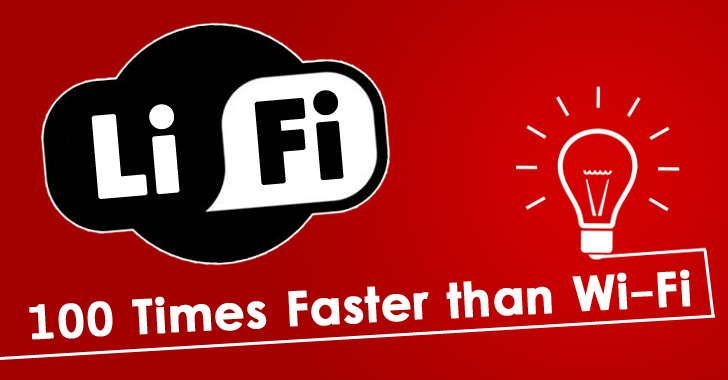Li-Fi not only provides speeds 100 times faster than Wi-Fi, but also guarantees a higher level of security.
The non-profit association Institute of Electrical and Radio Electronics Engineers (IEEE) adopted a new standard for wireless communication 802.11bb based on optical transmission of information – Li-Fi (Light Fidelity). This revolutionary communication solution offers data transfer speeds 100 times faster than Wi-Fi and can reach an exceptional 224 GB/s . The approval of the standard is welcomed by manufacturers who are already actively working on the introduction of Li-Fi systems.
Features and benefits of Li-Fi
Li-Fi differs from traditional wireless technologies such as Wi-Fi and 5G by using an optical data transmission range. Instead of radio waves, Li-Fi uses flickering light from conventional LED bulbs. Photons, invisible to the human eye, are converted into information at the receiver. This provides a higher level of security and privacy as the light only propagates within the line of sight, preventing penetration through walls and reducing the risk of interference and eavesdropping. In addition, Li-Fi allows accurate navigation inside buildings with an error level of up to a centimeter.
Limitations and perspectives
Despite its advantages, Li-Fi has limitations. The technology only works indoors, not outdoors, and requires a line of sight between the transmitter and receiver. The radio waves used by Wi-Fi and 5G will continue to be the best options for long-distance data transmission. However, where it is possible and justified, the adoption of Li-Fi will be in demand, providing significant benefits.
The future of Li-Fi
With the publication of the IEEE 802.11bb standard, manufacturers have gained a more reliable basis for the development and implementation of Li-Fi devices. The pureLiFi company, which is one of the leading representatives of this technology, has already presented the Light Antenna ONE module, which is ready to be integrated into connected devices. Measuring just 14.5mm, this compact element is offered to OEMs for evaluation and testing. It is expected that in the near future, a wide range of devices with Li-Fi support will appear on the market, and experts predict their active implementation already before the Mobile World Congress exhibition in February next year.
Li-Fi opens up new possibilities for data transmission and promises a revolution in the field of communications. With its help, the speed of data transfer, as well as the level of security and privacy, reach high values. This is another example of innovation that will help develop and improve information technology in the future.
Source: https://mediasat.info/
